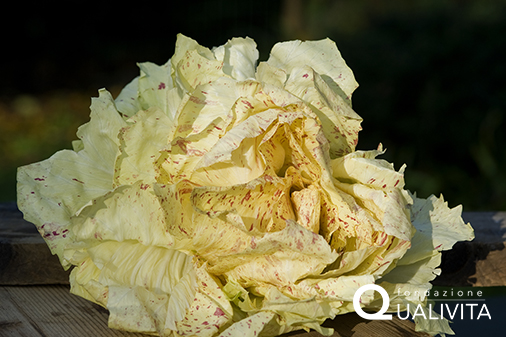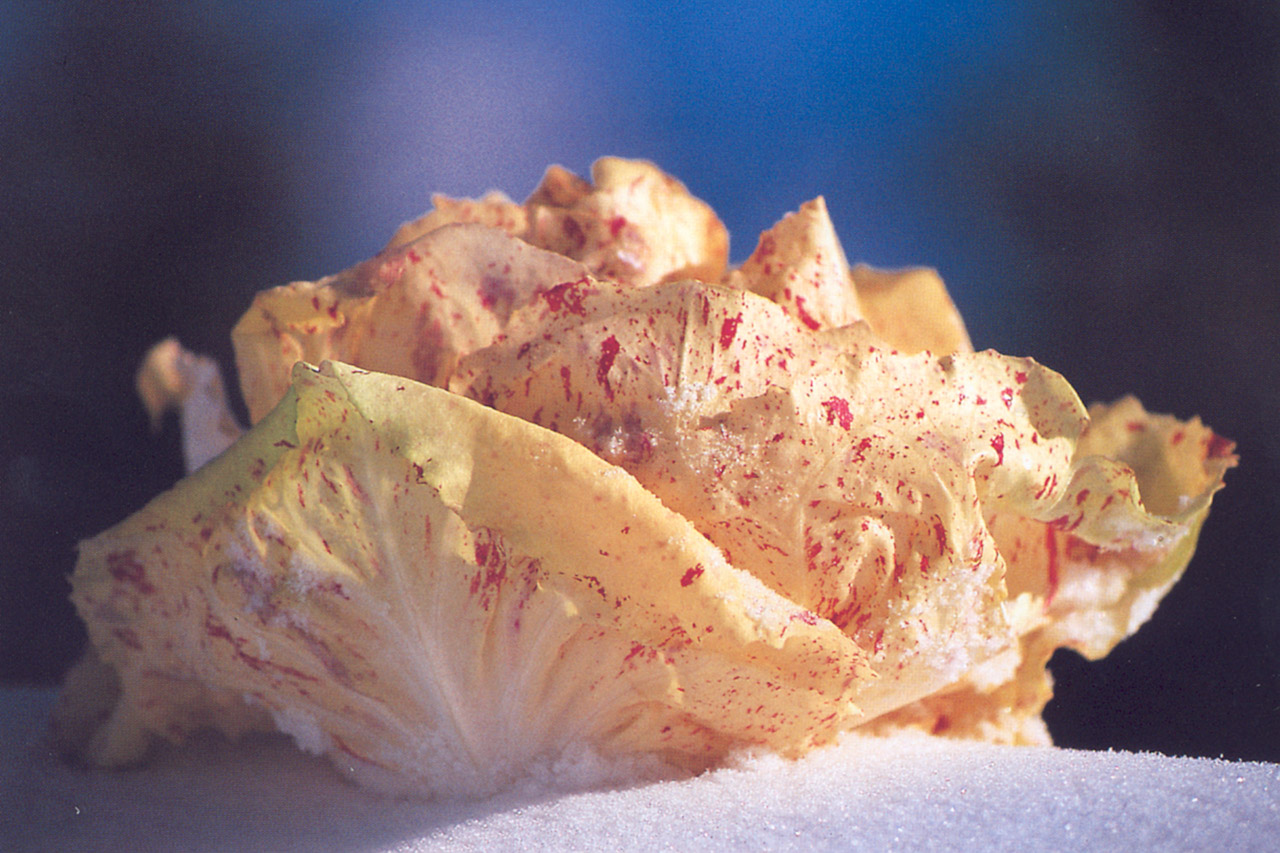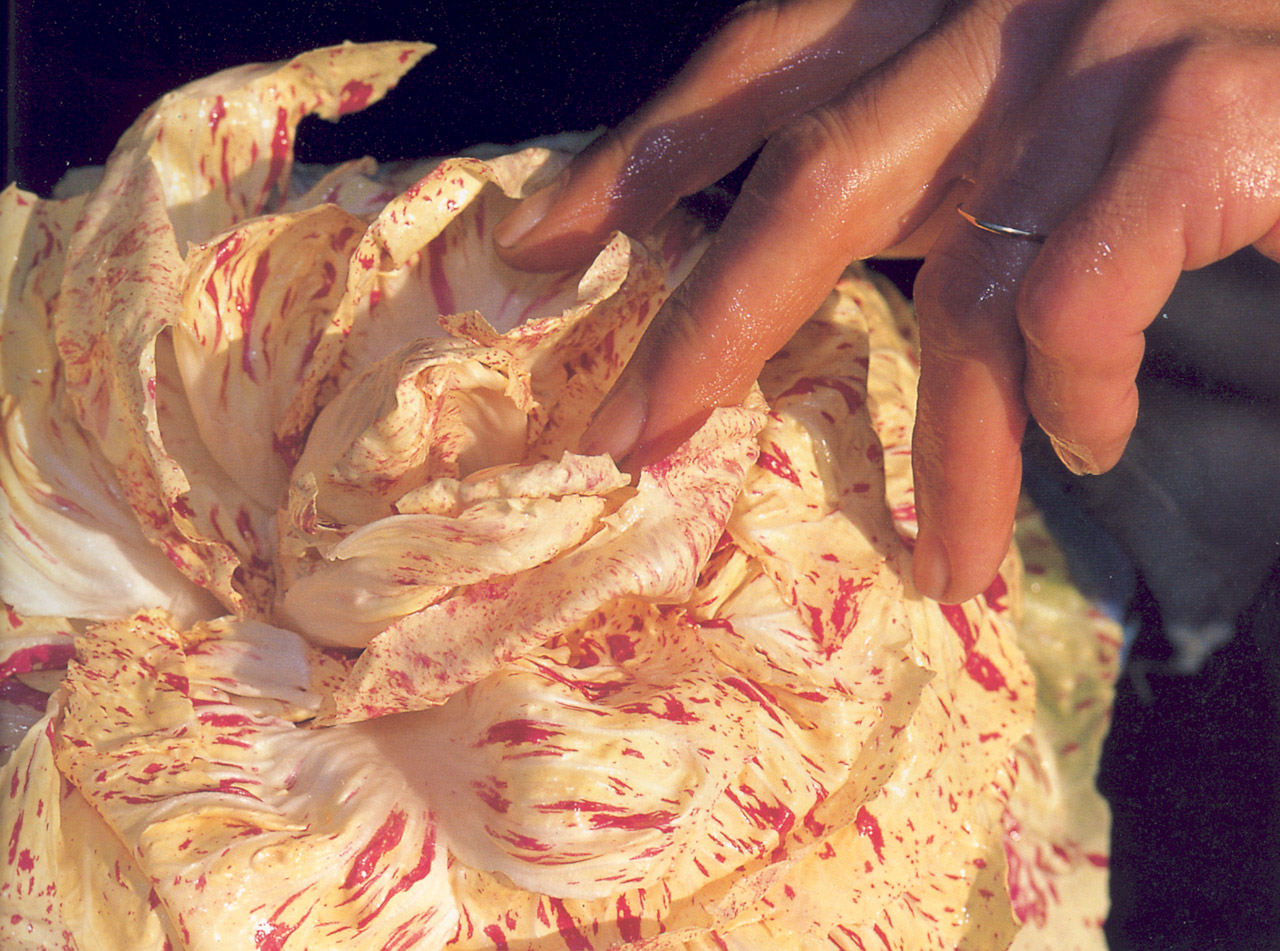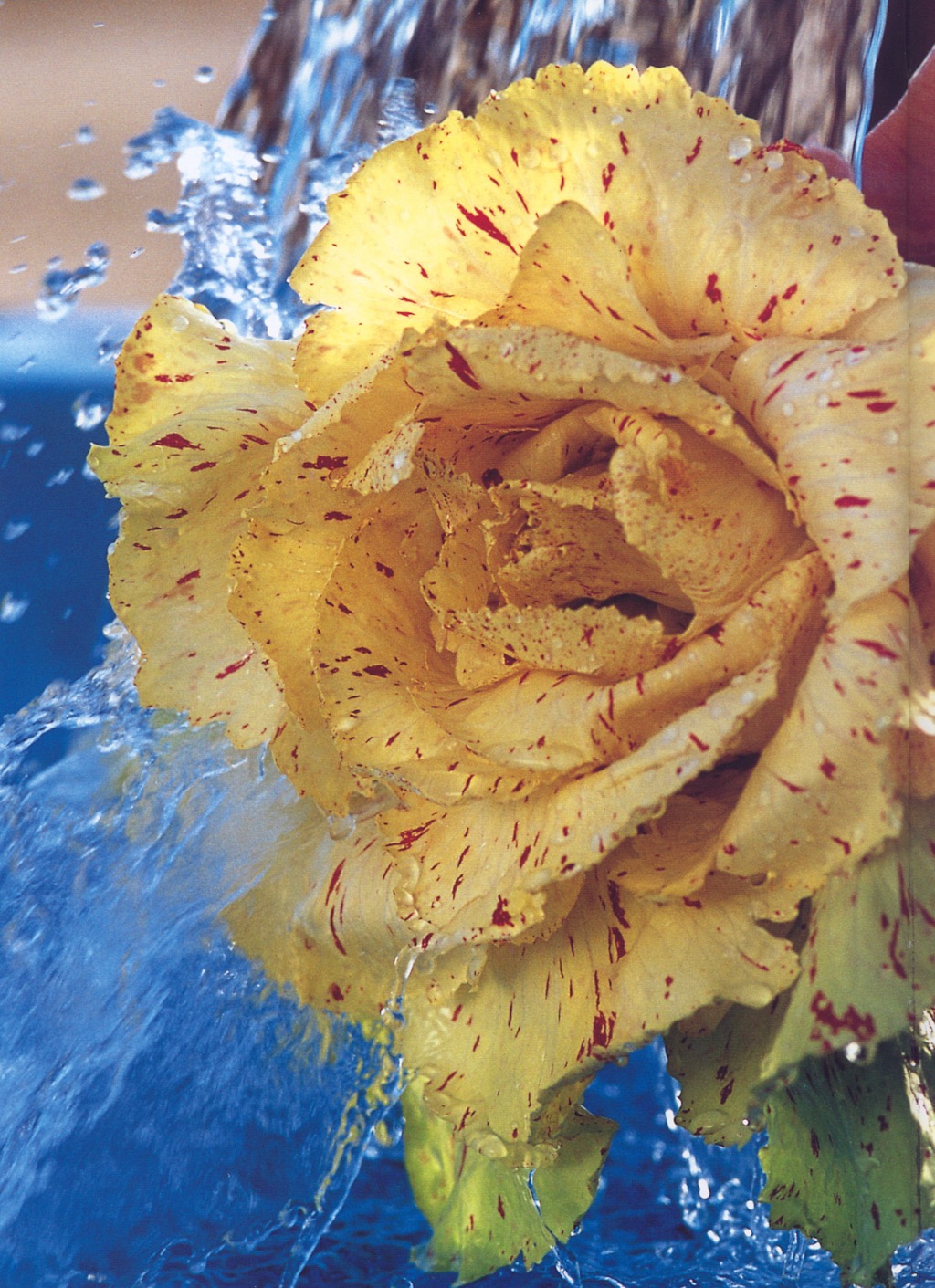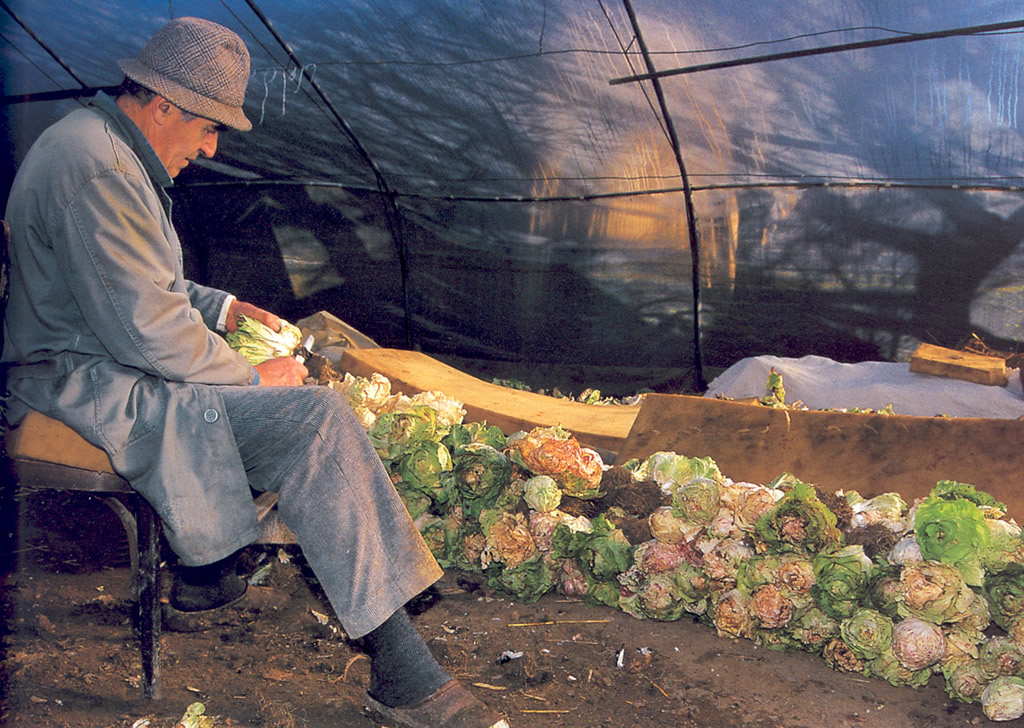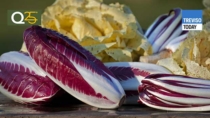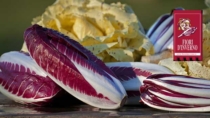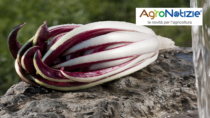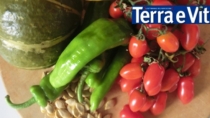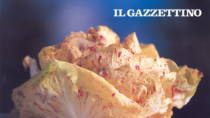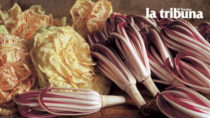Description
Radicchio Variegato di Castelfranco PGI is a fresh leafy vegetable deriving from the Silvestre variety of the species Cichorium intybus.
Production Area
The production area of Radicchio Variegato di Castelfranco PGI is within 25 municipalities in the Province of Treviso; 20 municipalities in the Province of Padua; and 8 in the Province of Venice, in the Veneto region.
Production Method
The soil in the production area is ideal for growing this product: it is deep, cool, well-drained, not excessively rich in nutrients (especially nitrogen) and not alkaline. Sowing takes place directly in the field between June 1st and August 15th, while transplanting, which is carried out in stages, takes place between June 15th and September 10th. Harvesting begins on October 1st. The total production per hectare of cultivated surface area must not exceed 12,000 kg (without exception). The whitening procedure is what ensures the organoleptic and aesthetic qualities of Radicchio Variegato di Castelfranco PGI. This procedure involves the heads being covered with a dark sheet so that new leaves can form without light. These have no chlorophyll pigments, or almost, and characteristic white ribbing which creates variegation in the background colour of the leaf. The forced ripening technique involves either immersing the heads vertically into spring water at a temperature of around 11 °C, where they are left until they reach the right stage of ripening, or leaving them in heated environments or directly in the field, guaranteeing the right moisture level. This is followed by trimming; the deteriorated leaves are removed and the taproot is shortened in proportion to the head. The radicchio heads are then placed in large containers with running water, where they are washed before being packed.
Appearance and Flavour
When ripe, Radicchio Variegato di Castelfranco PGI has a rose-shaped head weighing a minimum 600 g. The leaves are thick with a jagged edge; they are creamy white with well-distributed variegations ranging from light purple to purplish-red and bright red. The flavour varies from sweet to pleasantly bitter, which is very delicate.
History
The origins of Radicchio Variegato di Castelfranco PGI have always been surrounded in mystery, as there are no official documents proving when it actually appeared. Some researchers believe it derives from a hybrid created in the 19th century, between the Treviso red radicchio and the broad-leaved endive. The Castelfranco variety began to spread as a poor, winter crop, eaten by farming families because it was easy to grow the winter.
Gastronomy
Radicchio Variegato di Castelfranco PGI can be kept in the refrigerator for several days before being eaten, but its leaves must be dry to avoid a loss of vitamins. It can be eaten either raw in mixed salads and starters, or cooked in meat-based dishes. It is also used to make desserts, such as sformato di radicchio al domino (a kind of sweet radicchio flan with ricotta, custard and chocolate).
Marketing
The product is marketed as Radicchio Variegato di Castelfranco PGI and is available during autumn and winter. It is sold in suitable packaging weighing up to 10 kg. If destined for processing, it is possible to use crates with a minimum net weight of 250 kg, while packets weighing between 2 and 10 kg can be used for those destined for retail sales, from which the individual heads may be removed and sold.
Distinctive Features
Radicchio Variegato di Castelfranco PGI is distinguished by its elegant floral, colourful and delicate appearance, thanks to which it is commonly referred to as “the radicchio orchid” or “the edible flower”.





